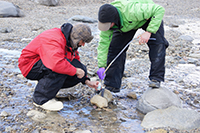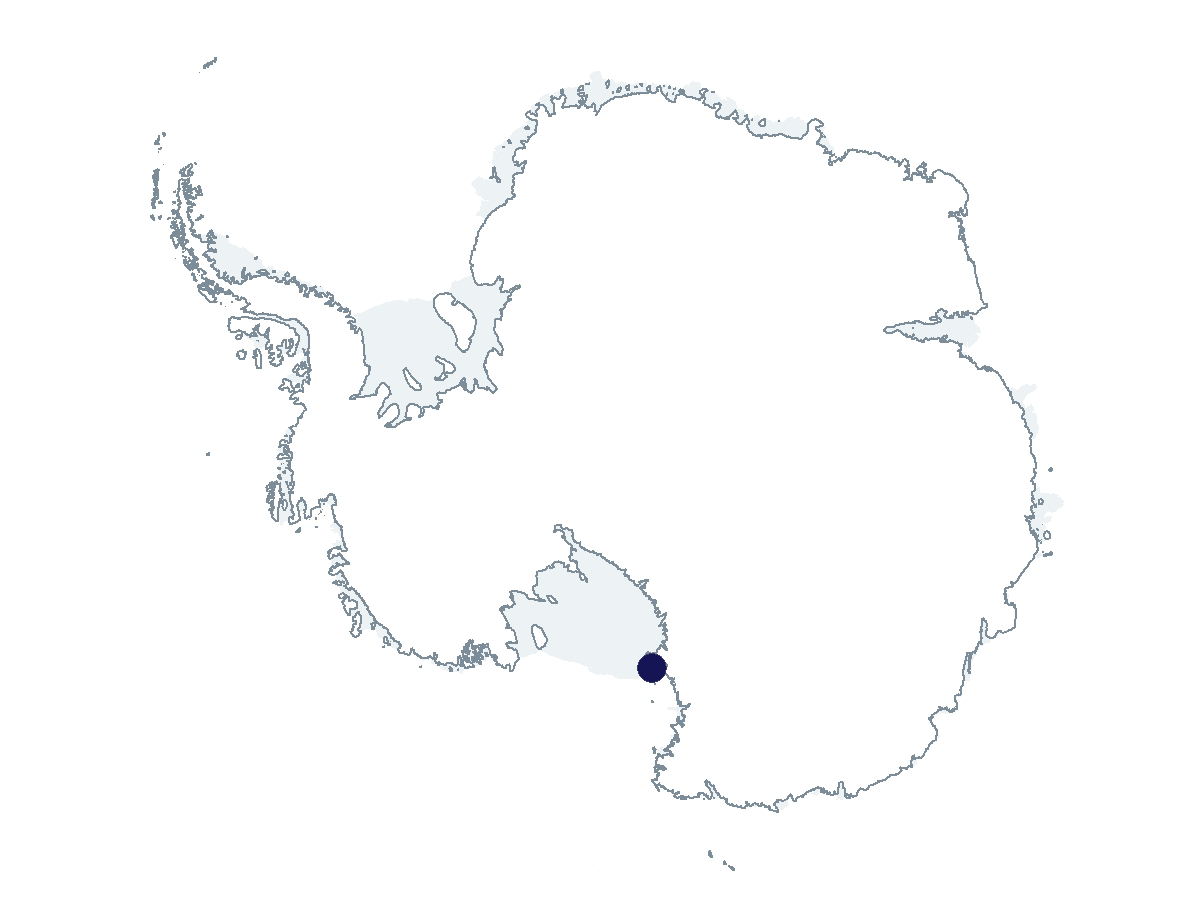2022-2023 USAP Field Season
Project Detail Project TitleCAREER: Linking cold desert groundwater to thermokarst & chemical weathering in partnership with the Geoscience UAV Academy Summary
Event Number:
Program Director:
ASC POC/Implementer: Principal Investigator(s)
Dr. Joseph Levy
Location
Supporting Stations: McMurdo Station DescriptionWater tracks are the basic hydrological unit that currently feeds the rapidly-changing polar and permafrost wetlands in the Antarctic McMurdo Dry Valleys. Despite the importance of water tracks in the Dry Valleys hydrologic cycle and their influence on biogeochemistry, little is known about how these water tracks control the unique brine processes operating in Antarctic ice-free areas. Both groundwater availability and geochemistry shape Antarctic microbial communities, connecting soil geology and hydrology to carbon cycling and ecosystem functioning. The objectives of this project are to: 1) map water tracks to determine the spatial distribution and seasonal magnitude of groundwater impacts on the McMurdo Dry Valleys near-surface environment; 2) establish an Uncrewed Aerial Vehicle (UAV) academy training earth sciences students to answer geoscience questions using drone-based platforms and remote sensing techniques; and 3) provide a formative step in the development of the Principal Investigator as a teacher-scholar. Field Season OverviewFour participants will deploy to McMurdo Station from late November to mid-January, and will spend the majority of their deployment tent-camping in the Dry Valleys. They will move their tent camp and all associated equipment among three field sites: Goldman Glacier Basin, South Fork Wright Valley, and Beacon Valley. They will complete a rotation of all three sites then will revisit Goldman Glacier and Wright Valley, spending approximately one week at each site. Work will focus on identifying, monitoring, and sampling water tracks. At each field site, the group will establish UAV flight lines, set up GPS stations for UAV navigation, deploy sensors, and collect soil and water samples. One UNAVCO participant will travel to each field site with the group on their first rotation to assist with surveying and setup of UAV flight lines. Camp put-in, moves, and take out will be accomplished by helicopter. The group will use Crary Laboratory space for preparing electronics prior to field deployment, and for sorting and repackaging samples after field deployment. Deploying Team Members
|
2022-2023 Science Planning Summary



For USAP Participants |
For The Public |
For Researchers and EducatorsContact UsU.S. National Science FoundationOffice of Polar Programs Geosciences Directorate 2415 Eisenhower Avenue, Suite W7100 Alexandria, VA 22314 Sign up for the NSF Office of Polar Programs newsletter and events. Feedback Form |



